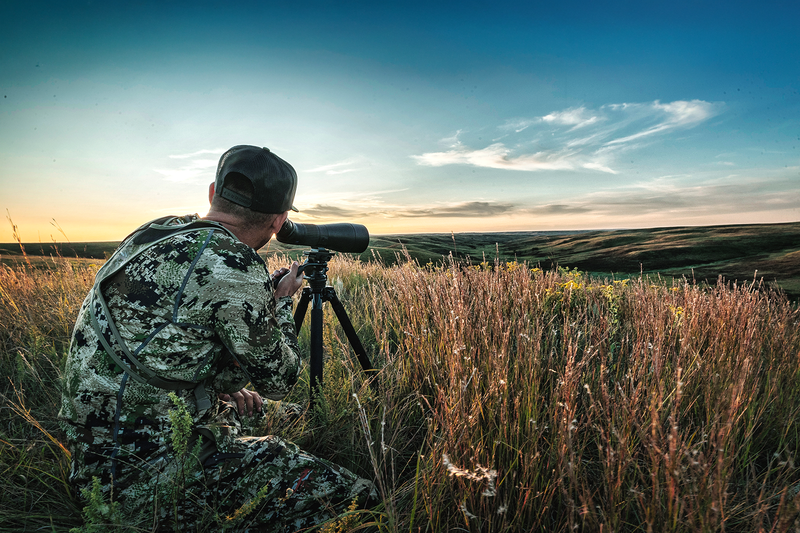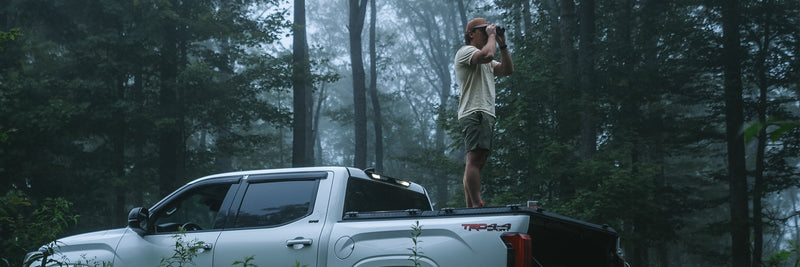If you’ve spent a few decades or more on this planet, you’ve probably had the chance to toss a fishing line in the water at some point. Whether in a local pond, a muddy creek, or the clear-green waters of the gulf, there’s a meal to be found in those waters. Catch-and-release fishing is a fun and important part of conservation, and so is harvesting. Fact is, it’s an incredibly rewarding experience to cook and serve your own catch on the dinner table. Maybe you’ve tossed a nice fish back because you didn’t know what else to do with it. That won’t be the case going forward. If your next trip out gives you a catch worth keeping, remember the following tips to make a meal of it.
1. Know What You're Holding
In almost every decent sized body of water, there are countless fish. Most of them are edible, but there’s a big difference between edible and good to eat. These days, we have the ability to quickly identify a fish with the help of google. That’s a lifesaver sometimes but you should know your home waters better than that. Your local tackle shop probably sells a chart with the most commonly caught fish in your area. Pick up a laminated one to toss in your tackle bag and do your best to memorize it over the next few trips out. Learn which species are protected and do your part to help them. Know the laws and regulations for the fish you’re targeting, or the one that’s already on your hook. Trout, walleye, catfish, crappie, and bluegill are some of the more common and delicious game fish. If you’re lucky enough to land one of those or better, then the hard part’s done. With proper care and preparation, you’re on your way to a great dinner.

2. Take Care
After identifying your catch as something worth keeping, your first order of business is getting it on ice. The meat of a fish can bruise just like a banana, affecting the quality of the finished product. Don’t just toss it into a cooler. As soon as you remove your catch from the hook, carefully put it on ice. Make sure to cover the fish entirely with ice. This will help bring the fish’s core temperature down quickly which will give you a better quality filet. It will also make cleaning the fish much easier.
3. Prepare
Before cleaning and filleting your catch, make sure it’s ice-cold and that you’ve got a good, clean surface to work with. For safety reasons, pick up a non-skid cutting board. Always fillet and cut away from your body so if your knife slips you have better odds of not cutting yourself. Throughout the entire process, maintain a clean cutting station. This will help prevent contaminating the fillets and also keep the station less slippery. Because there are too many species to cover here, head to Youtube for cleaning instructions for the specific species you’re working with. At the end of the day if you are avoiding all major bones when cleaning you are going the proper route!

4. Gear Up
Like any task, cleaning and cooking fish is made much easier with good gear. You’ll want a pair of quality gloves to protect you from cuts, a stiff-bladed knife and one with more flex, a scaling tool, and some ziplock bags. A sharpening stone will help ensure that you’re working with a good blade. No matter the piece of gear, there are a ton of options out there, so it may take some trial and error to figure out what suits you best.
5. The Right Recipe For The Fish
Some fish are dense and meaty, and great on the grill, but a thin and flakey filet will fall apart if you cook it that way. Tuna and Wahoo may not need to be cooked at all, if they’re handled properly. Choose the right recipe for the fish. If your fish has a thin profile and you’d really like to grill it, you can grill it scales down. In Louisiana, we call it “on the halfshell”. This cooking method became famous with our redfish and red snapper. You can leave the fillet on the skin with the scales on, and cook at 350 until the fish reaches 130 degrees. I like to baste garlic, lemon, and herb butter on the fish as it’s cooking. Some fish, like crappie and catfish, are amazing fried. Don’t be afraid to experiment!

6. Don't Trip At The Finish Line
The most common mistake anglers make when preparing their catch is overcooking. You’re right at the home-stretch. If all goes well, you’ll have an awesome experience and will likely decide to do it again. Don’t ruin your meal by drying it out. A quick search of the internet will tell you the optimum temperature for your specific catch. Invest in a good digital thermometer. It’s a game changer as it takes away all the guesswork. I use a Thermapen. They’re pricey but well worth every penny.
While there’s a lot more that you could learn about this topic, the only way to learn it all is to get your hands dirty. Go for it! Use these tips as a springboard and start turning your fishing trips into grocery runs.


